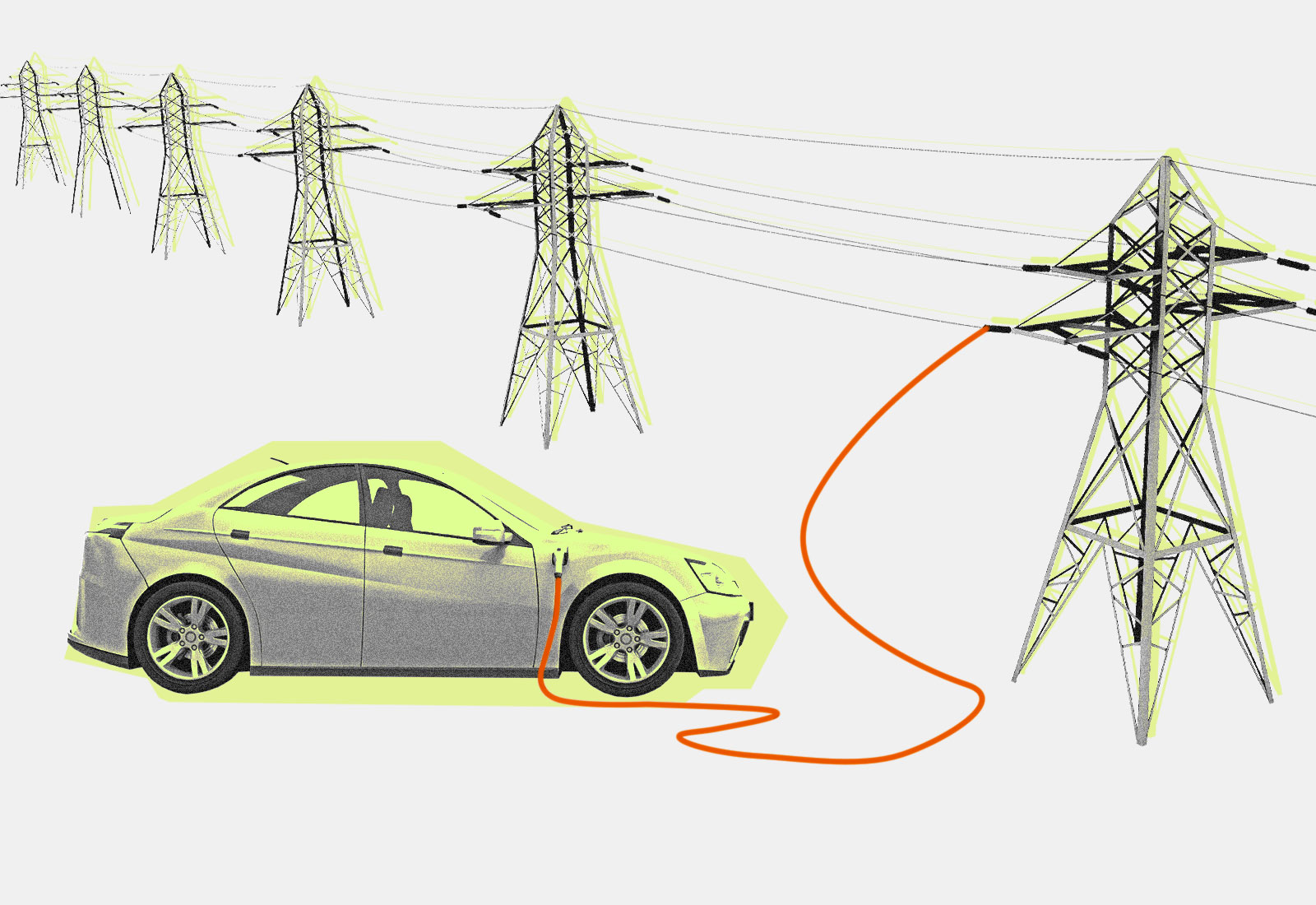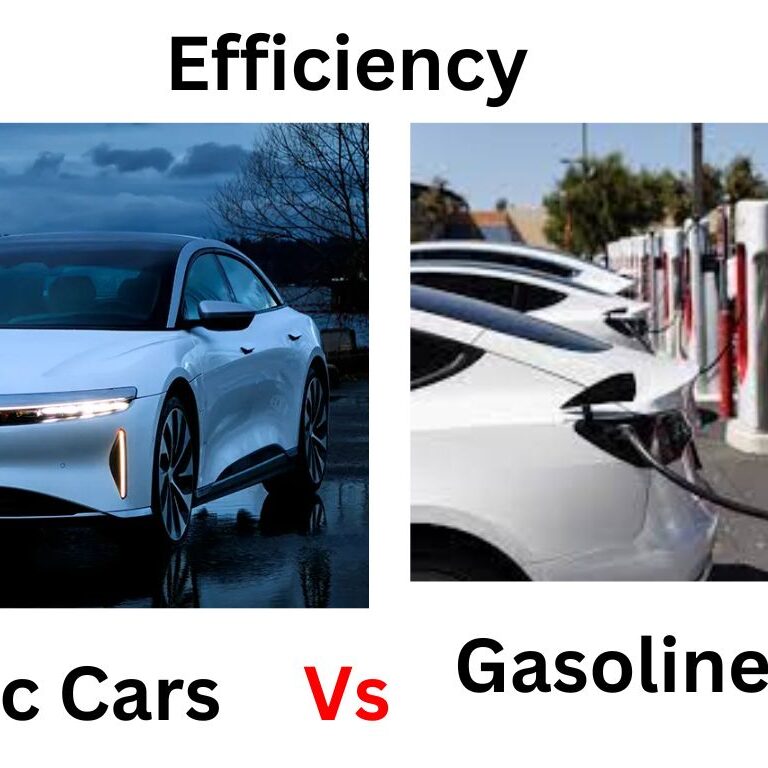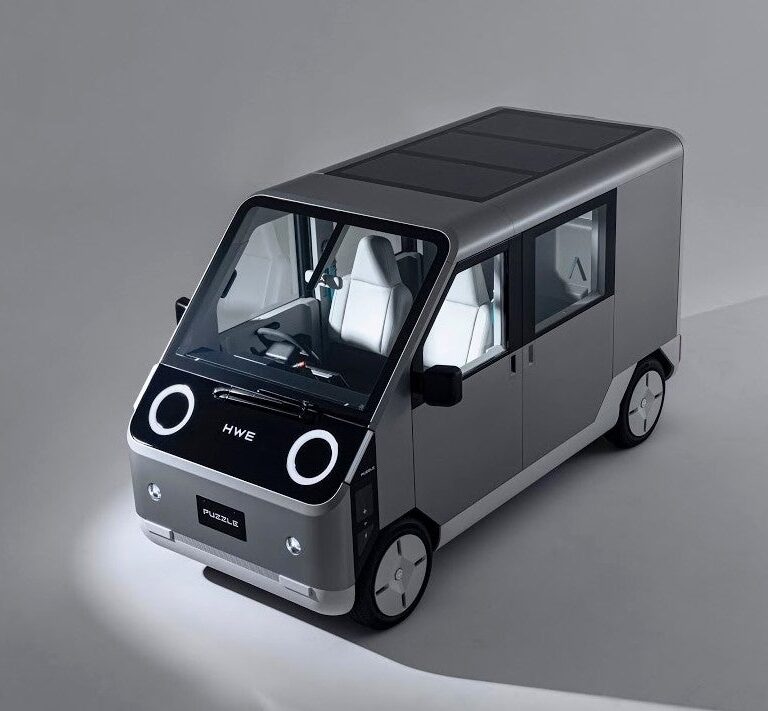Do Electric Cars Save Environment If Electricity Is From Coal?
Electric cars can reduce environmental impact even when charged with electricity derived from coal. However, the benefits are greater when the electricity comes from renewable sources.
Shifting towards electric vehicles (EVs) is a step in the right direction for environmental conservation. As the transportation sector seeks sustainable alternatives, the focus on electric cars is intensifying. While the use of coal-generated electricity does not eradicate greenhouse gas emissions completely, the efficiency of electric cars still results in lower overall emissions than traditional internal combustion engines.
The environmental benefits of electric cars are amplified as the grid becomes greener, with an increasing share of renewable energy sources. Transitioning to electric cars is a crucial component of broader efforts to reduce carbon footprints, tackle climate change, and move toward a cleaner future. As this shift progresses, the importance of updating the electrical grid to support sustainable energy sources becomes paramount, ensuring that electric cars can achieve their full potential in saving the environment.
Electric Cars And Environmental Footprint
Electric cars are stepping stones in the journey towards a greener planet. They offer a promising alternative to traditional vehicles, especially when it comes to reducing the environmental footprint. Exploring emissions and the full life cycle of these vehicles is essential to understanding if they truly are as green as they appear, even when the electricity comes from coal.
Comparing Emissions: Electric Vs. Traditional Vehicles
When evaluating the ecological impact of electric cars, greenhouse gas (GHG) emissions are a key factor. Traditional vehicles burn fossil fuels, releasing carbon dioxide directly into the atmosphere. Electric cars, however, run on electricity which can be generated from various sources, including coal, natural gas, nuclear power, and renewable resources like solar or wind.
| Type of Vehicle | Source of Power | CO2 Emissions |
|---|---|---|
| Traditional Gasoline Car | Fossil Fuels | High |
| Electric Car (Coal-Powered Electricity) | Coal | Medium |
| Electric Car (Renewable Energy) | Solar/Wind | Low |
This table outlines that using renewable energy yields the lowest emissions, making electric cars far more environmentally friendly in such scenarios.
Lifecycle Assessment Of Electric Vehicles
Looking beyond tailpipe emissions is vital.
Lifecycle assessment examines the environmental impact from the production to the disposal of electric vehicles.
- Manufacturing Phase
- Production of batteries and car components
- Usage of raw materials like lithium, cobalt
- Operation Phase
- Energy consumed over the vehicle’s life
- The type of electricity generation matters
- Disposal Phase
- Recycling of vehicle parts
- Clean disposal of batteries
Even when the electricity is sourced from coal, electric cars can still be beneficial because their operation phase is cleaner compared to traditional vehicles.

Credit: grist.org
Coal-powered Grids: A Clean Energy Conundrum
The road to a greener future presents complex challenges. One such puzzle is the reliance on coal-powered electricity to charge electric vehicles (EVs). Understanding the intricacies of this dynamic sheds light on the environmental impact.
The Prevalence Of Coal In Global Energy Production
Coal remains a leading energy source worldwide, despite the growth in renewables. Many countries rely on coal due to its abundance and cost-effectiveness. This widespread use has significant effects on EVs’ green credentials.
- 40% of the world’s electricity comes from coal.
- Coal plants are major carbon emitters.
- Rising energy demands challenge coal reduction.
Converting Coal Energy To Electric Car Fuel
| Step | Process | Environmental Impact |
|---|---|---|
| 1 | Coal Extraction | High emissions and land disruption |
| 2 | Transportation to Power Plants | The carbon footprint from logistics |
| 3 | Electricity Generation | Release of CO2, pollutants |
| 4 | Charging EVs | Indirect emission transfer |
When charging an EV, electricity from coal plants is converted to car fuel. The process seems clean at the EV’s end but involves multiple emissions stages. Hence, the environmental benefit depends on how clean the grid’s electricity is.
Transitioning from coal to cleaner energy sources is essential to maximize EVs’ positive environmental impact. This move would reduce emissions across the board and align with global sustainability goals.
The Emissions Trade-off
Evaluating the environmental impact of electric vehicles (EVs) is crucial. It’s not just about the absence of tailpipe emissions. We also need to consider how we generate electricity. This includes the use of coal-powered plants. Let’s explore this emissions trade-off in detail.
Tailpipe Emissions: Absent In EVs, Significant In Gas Vehicles
Gasoline vehicles release harmful gases. These include carbon monoxide, nitrogen oxides, and hydrocarbons. EVs, on the other hand, have no tailpipes. This means they release zero emissions while driving.
- No CO2 while driving – EVs offer clean city air.
- Quieter streets – EVs reduce noise pollution.
Emissions From Electricity Generation For Evs
EVs need power from the grid. This power sometimes comes from coal plants. Even then, modern power plants are more efficient than car engines. This means they produce fewer emissions per mile.
| Source | Efficiency | Emissions |
|---|---|---|
| Coal Plant | Higher | Lower per kWh |
| Gas Vehicle | Lower | Higher per mile |
Even when EVs charge on coal power, they are generally more eco-friendly.
- Coal power plants are improving.
- Some areas now use more renewable energy.

Credit: www.nytimes.com
The Role Of Renewable Energy Integration
Understanding the impact of electric cars involves examining their power sources. As the world seeks cleaner air and lower carbon emissions, renewable energy stands as a beacon for the future of transportation. Integrating renewables with electric vehicles (EVs) could revolutionize environmental conservation. This move significantly reduces the reliance on coal-fueled electricity, enhancing the overall green credentials of EVs.
Transitioning Grids From Coal To Renewables
Moving away from coal-dependent power grids to renewable sources is a game-changer for electric cars. This transition means reducing harmful emissions from both the energy and transportation sectors.
- Upgraded Technology: Newer tech leads to cleaner energy production.
- Government Policies: Incentives and regulations can speed up the change.
- Investor Interest: Money is flowing into green projects more than ever.
The development of smarter electricity networks, or smart grids, also plays a role. These networks manage the demand for electricity in more efficient ways.
Solar, Wind, And Hydroelectric Power Supporting Evs
Electric vehicles get a green light for sustainability when paired with renewables. Solar, wind, and hydroelectric sources are pillars for this positive shift.
| Energy Source | Benefits |
|---|---|
| Solar Power | Reduces peak demand strains and utilizes abundant sunshine. |
| Wind Power | Offers massive potential in vast, open spaces with strong winds. |
| Hydroelectric Power | Provides consistent energy, especially in water-rich regions. |
By using these sources, we support sustainable transport. They cut down the environmental costs of driving electric cars. Batteries charged using renewables lead to practically carbon-neutral journeys.
Every EV owner can contribute by choosing green energy plans or even installing solar panels at home. This personal shift completes the circle of eco-friendly car ownership.
Future Trajectory Of Electric Cars And Coal
Electric cars are changing our roads and environment. Many people ask, “Do electric cars help if they use coal power?” It’s a key question. As we look ahead, how will electric cars and coal’s role in energy evolve? Let’s explore the possible future.
Technological Advancements In Battery And Grid Infrastructure
Our electric future shines bright with tech advances. Batteries are getting better. They hold more power and charge faster. This means less coal power is needed per mile for electric cars. The power grid, the system that gives us electricity, is growing smarter too. It will use more clean energy and waste less. With these changes, cars will run cleaner even if coal is still around.
Policy Influence On The Energy Mix
Laws and rules are big players in our energy game. Many countries set goals to cut down on dirty energy like coal. They make laws to support clean power, such as solar and wind. These rules push electric companies to close coal plants. New power plants will rise. They will be cleaner and greener. Electric cars will use this clean power to help our planet.
Predicting The Long-term Impact On The Planet
What happens in the long run? Can we know for sure? We can make smart guesses based on trends. As coal use drops and clean energy rises, electric cars become better for Earth. They will cause less pollution. With each passing year, the positive impact on our planet grows. It is like planting a seed. Over time, it will grow into a forest of benefits for nature.
Practical Considerations For Consumers
When buying an electric car, you think about the environment. But does it help if your electricity comes from coal? Let’s look at what you can do.
Choosing An Electric Vehicle In A Coal-reliant Economy
Electric vehicles (EVs) are a hot topic for eco-conscious consumers. Even in areas where coal is king, EVs can still make a difference. Here’s why:
- EVs convert energy better than gas cars.
- Coal power is changing – more renewables are on the rise.
- Tech improvements mean coal burns cleaner now.
By choosing an EV, you’re betting on the future; a more renewable grid makes EVs greener over time.
Improving Personal Energy Habits For A Greener Footprint
Sure, you’ve got an EV, but you can do more! Your energy habits matter. Check out these tips:
- Charge smart – Opt for nighttime charging when demand is low.
- Go solar at home – Consider solar panels to power your EV with the sun.
- Be energy-wise – Use LED lights and energy-efficient appliances.
Every step you take leads to a cleaner world. With the right habits, your eco-impact can skyrocket, even in a coal-heavy region.
Frequently Asked Questions For Do Electric Cars Save the Environment If Electricity Is From Coal
Does Mining For Electric Cars Hurt The Environment?
Electric car mining activities can harm the environment by causing habitat destruction and emitting pollutants during mineral extraction and processing.
How An Electric Car Might Still Run On Fossil Fuels?
An electric car can indirectly use fossil fuels if its power source is a fossil-fuel-based electricity grid.
What Are The Environmental Disadvantages Of Electric Cars?
Electric cars can have a higher environmental impact during manufacturing, particularly in battery production which requires mining for metals like lithium, cobalt, and nickel. These activities can deplete resources and damage local ecosystems. Disposal of batteries also poses environmental challenges.
How Much Fossil Fuel Does It Take To Make An Electric Car?
The exact amount of fossil fuel required to manufacture an electric car varies based on factors such as the model and production process. Generally, it’s estimated that producing an electric vehicle consumes more energy than manufacturing a conventional car, often due to the production of batteries.
Conclusion
Evaluating electric cars’ impact on the environment hinges on our electricity sources. If coal remains dominant, the benefits are compromised. Yet, transitioning to cleaner energy enhances their green potential, making them pivotal in our eco-conscious journey. Embracing this shift is essential for a sustainable future where electric vehicles contribute to a healthier planet.






